With the help of photos, drawings, installations, projections and textual content, the 150-year-old Hungarian monument protection comes to life in the temporary exhibition that opened on Tuesday in the Pesti Vigadó building, reports MTI.
"Since the change of regime, no exhibition dealing with monument protection has been organised in Hungary. This exhibition is worthy of the rich history of the past 150 years, by lining up seven hundred documents and artefacts on more than six hundred square metres, we will present the case of domestic monument protection," said Kornél Almássy, Director of the Hungarian Museum of Architecture and Monument Protection Documentation Centre (MÉM MDK) during the press tour on Tuesday.
The two-floor exhibition based on the MÉM MDK's own collection, which is maintained by the Hungarian Academy of Arts (MMA), not only deals with the most important phenomena, questions and problems related to the history of Hungarian monument protection in chronological order but also discusses the topic based on recent research results.
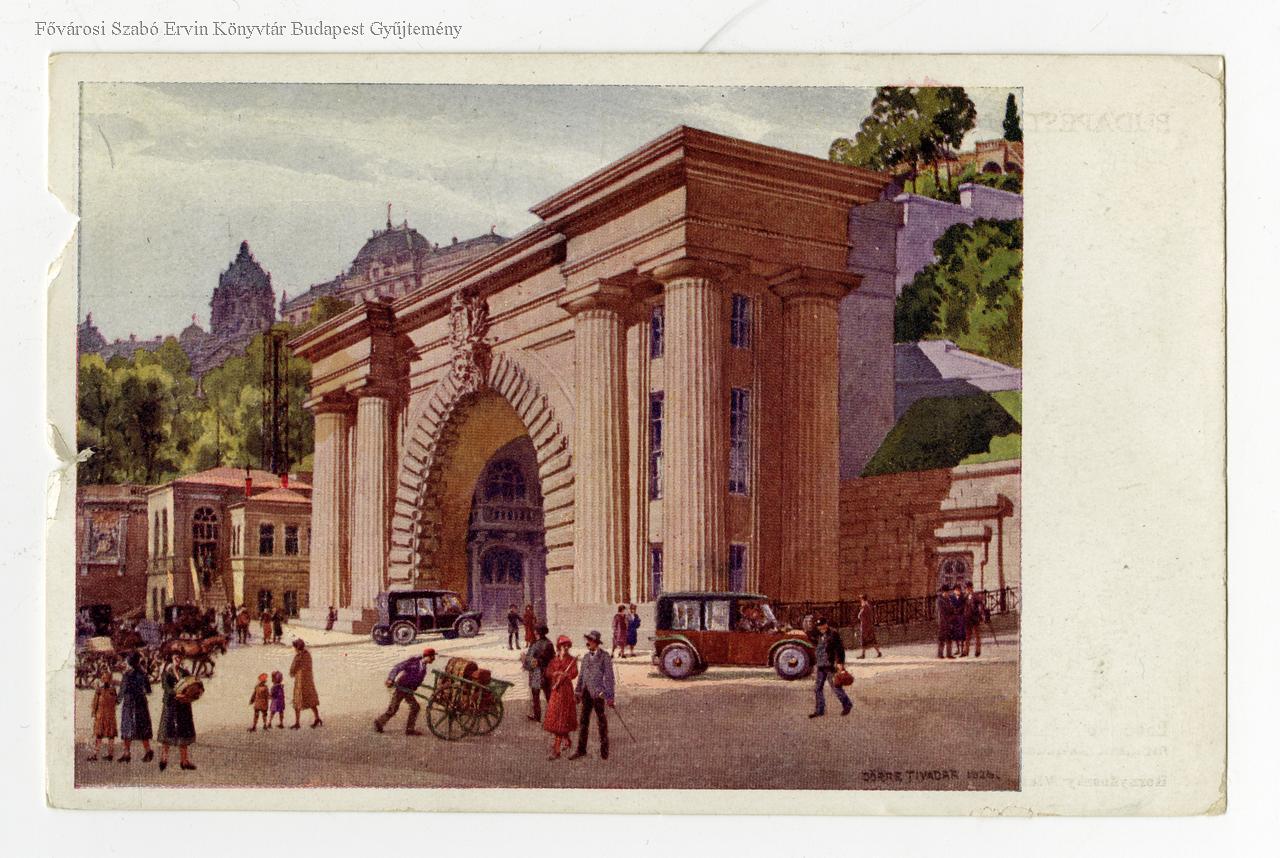
The Clark Ádám Square tunnel on a contemporary postcard, drawn by Dörre Tivadar, 1926 (Source: FSZEK Budapest Collection)
"The 150-year commemorative year creates a good opportunity to present the history of institutional monument protection in Hungary using the most prestigious monument protection collection in the Carpathian Basin. At the exhibition in Pesti Vigadó, a significant part of our institution's considerable architectural history and monument protection collection will be displayed," emphasised Kornél Almássy.
As the curators of the exhibition, Zsófia Kádár, Erika F. Dóczi and Gergely Kovács recalled at the press tour that in 1872 the Minister of Religion and Public Education Pauler Tivadar established the first Hungarian monument protection organisation, the Temporary Committee of Monuments. The exhibition unfolds the history of Hungarian monument protection through ten major themes.
In the first part of the exhibition, the different types of monuments, as well as the award-winning restorations, and monument specialists of the past years, are presented on photographic panels, while the history of the institution and the protection of monuments can be traced along a timeline. Those interested can follow the changes in attitude and the possibilities of preserving the ruins through the history of the restoration of many buildings. The exhibition also presents the relationship between monument protection and society and politics.
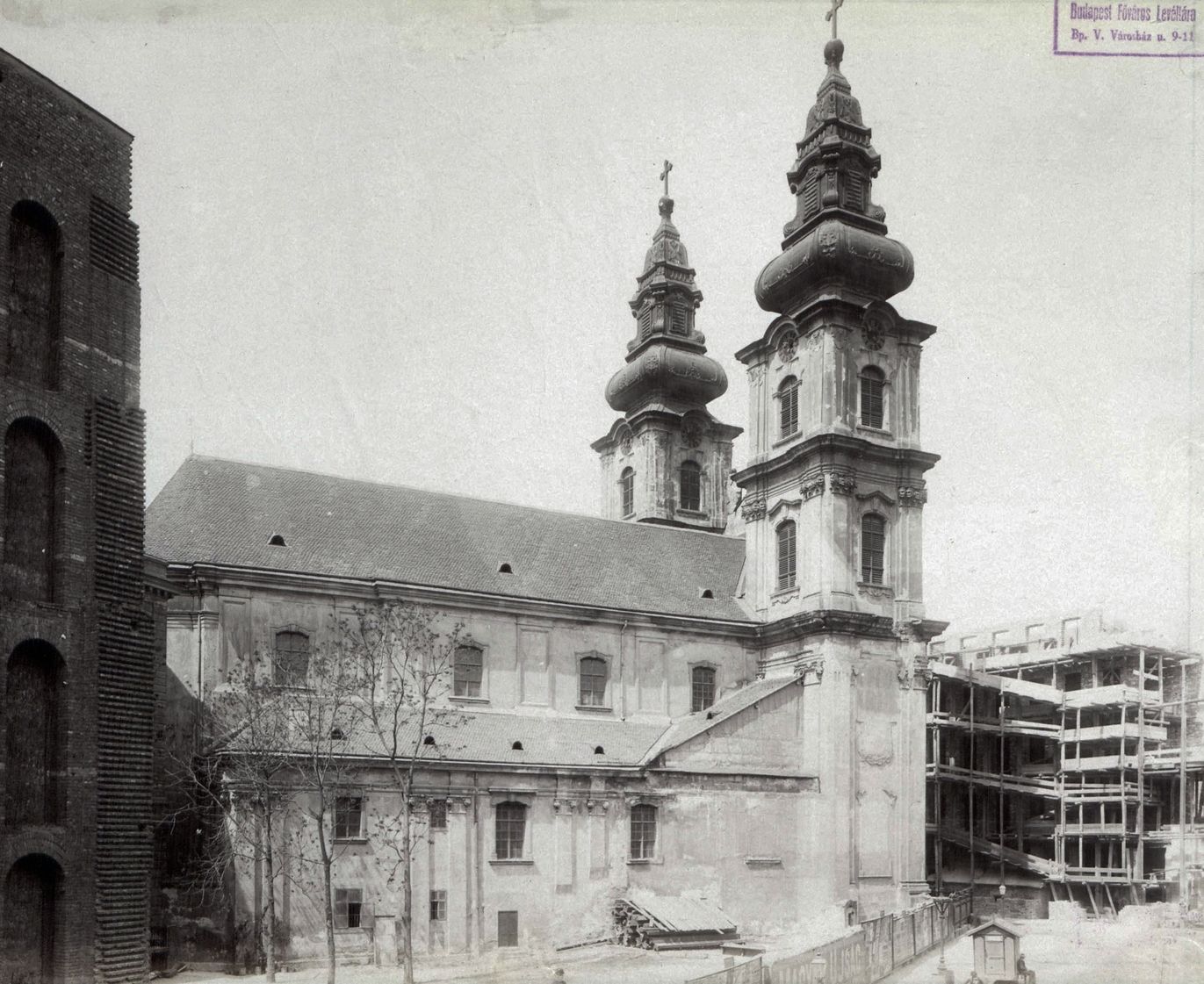
The Church of St Mary the Virgin, commonly known as the University Church in Pest before restoration, around 1894 (Source: Fortepan/Reference No.: 82400)
The "flagships" of the exhibition are two significant monuments of medieval origin: the Benedictine abbey and church complex in Pannonhalma, and the Solomon Tower in Visegrád. The history of both buildings over the past 150 years can be traced right up to the present day. It turns out, for example, that the Solomon Tower was intended as a hunting lodge for Franz Joseph at the beginning of the 20th century, and the state of the interior of the church in Pannonhalma and the cloister in 1859 is documented by pencil drawings with photo-realistic accuracy.
Visitors can get to know the cooperation of professionals active in monument protection through the restoration of the Roman Catholic church in Tar, accompanying the process from the excavation to the promotional exhibition and the publication of the results. In the ruins theme, among the fragments from the Reformed Church in Csetény, a valuable palmette carving from the Árpád era also appears.
The central installation of the upper, ground-floor space brings to life the 16,000 monuments that have been protected over the course of 150 years, using pictograms. The experience is enhanced by audiovisual content. In the short film made on the occasion of the anniversary, the staff of the MÉM MDK speak about their memories and experiences related to the protection of historical monuments, and a photo tableau shows the portraits of sixty late professionals.
Regő Lánszki, State Secretary for Architecture of the Ministry of Construction and Investment, Attila Turi, Vice President of the MMA, and Kornél Almássy, Director of the MÉM MDK, gave greetings at the opening of the exhibition entitled The Heritage of the Centuries - 150 Years of Hungarian Monument Protection. The exhibition was opened by art historian Veronika Nagy, Director of the Blessed Gisella Archdiocese Collection.
The exhibition, which is open to the public from this Wednesday to 20 November, can also be visited as part of the Days of Cultural Heritage and the Autumn Festival of Museums with guided tours, museum pedagogy programs, and round table discussions.
Pestbuda also recommends a previous article: The first monument protection organisation was established 150 years ago - They surveyed the built heritage (in Hungarian)
Source: MTI
Cover photo: An exhibition about 150 years of Hungarian monument protection opened in the Pesti Vigadó building (Photo: Balázs Both/pestbuda.hu)

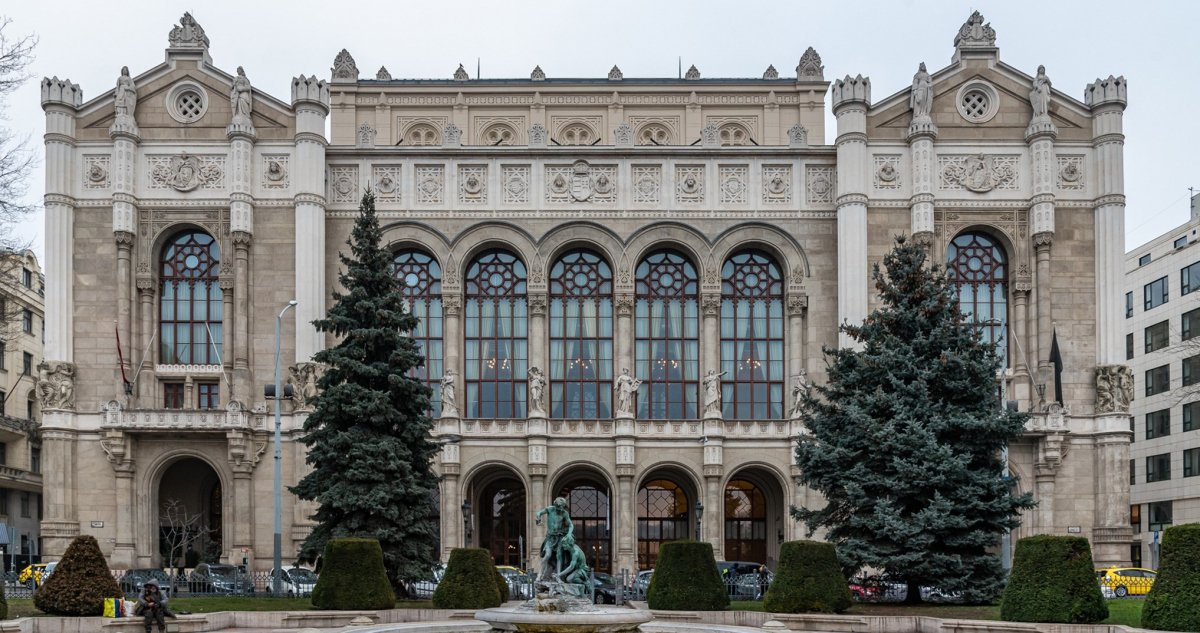

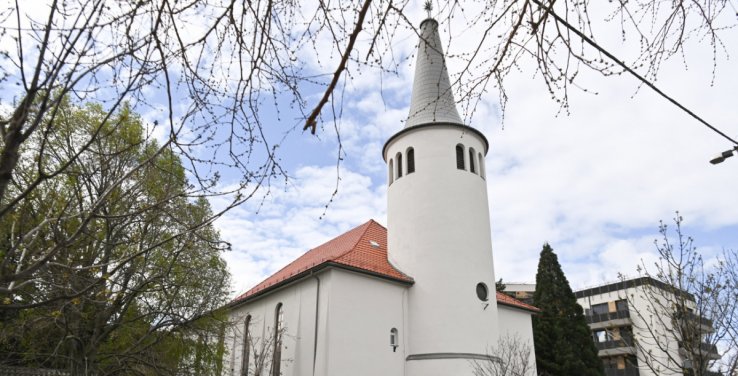
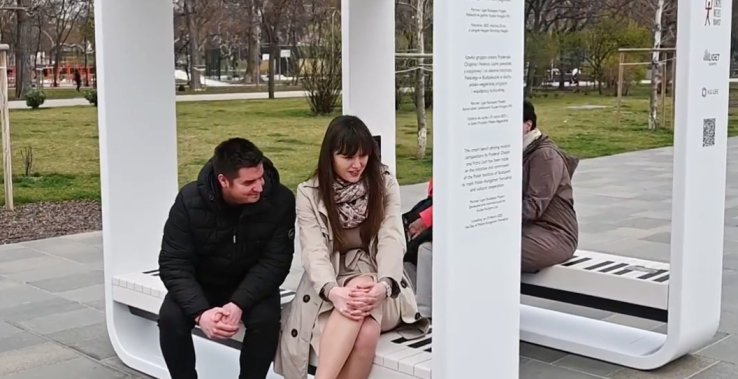

































Hozzászólások
Log in or register to comment!
Login Registration